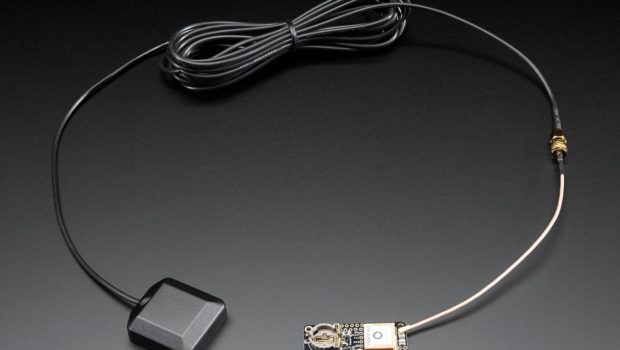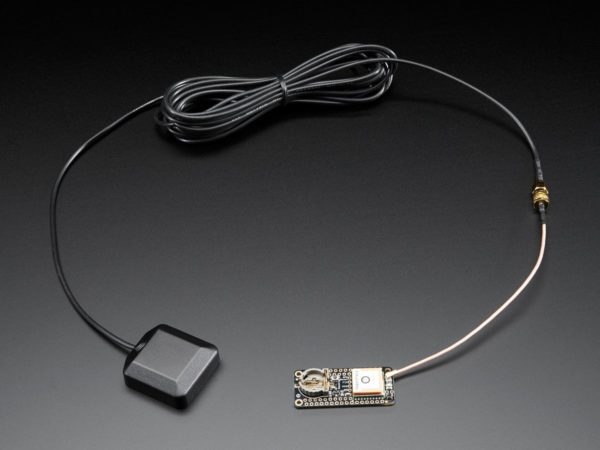What Kind of GPS Antenna Do I Need? Difference Between GPS and GNSS.
GPS technology has been in existence since around 1973, but only available to the general public in the ’90s. While GPS technology has been around quite some time, consumer demands have caused a surge in this market’s growth.
You sure must have come across conversations relating to GPS antenna usage and how the receiver range improved remarkably upon the technology’s use. But what exactly is a GPS antenna? Here is a guide on everything you need to know about GPS antennas.
What is a GPS antenna?
A GPS antenna uses GPS technology, which helps in receiving and amplifying radio signals. The distinct frequencies of the radio signals are obtained from GPS satellites and converted into electronic signals. Then the signal amplified as required by the receiving device, particularly the GPS receiver.
GPS receivers then use the electronic signals to calculate position accurately.
How does a GPS antenna work?
GPS receivers are, in a way, an extension of GPS satellites orbiting the earth 100s of miles away. They receive, amplify, and make use of the signal transmitted by the satellite. Ideally, the GPS receiver would get an uninterrupted volley of signals. So, a clear line of sight between the GPS receiver and the satellite is optimal.
But inside homes, in moving cars, or any other places with a roof, clear signals are not available due to the roof’s signal blockage.
A GPS antenna is a solution to this issue. The GPS antenna connects to a receiver and should be placed near a window or in an open space. It collects the signals transmitted by the orbiting GPS satellites and sends it down to the receiver. Hence, calculating its position on earth.
Why you need a GPS antenna
Most devices have inbuilt-antennas that help in receiving signals with clarity. But when a roof or walls obstruct the satellite signal, built-in antennas do not amplify the signal enough. Hence, the need for an external antenna.
Antennas are used in vehicles where the receiver cannot be positioned near the window. GPS antennas help reduce the loss of signal in the fast-moving vehicle. You can use GPS antennas anywhere you have a roof obstructing your GPS signals. It could be in the middle of a dense canopy forest, sightseeing locations, or tall buildings. A GPS antenna also helps in providing optimal signal by connecting to more than one satellite.
Difference between GPS and GNSS
GNSS or the Global Navigation Satellite System is the blanket term used for all satellite positioning systems orbiting the earth.
GPS or the Global Positioning System is a component of the GNSS or the Global Navigation Satellite System that consists explicitly of satellites developed by the United States Department of Defense. It comes under the NAVSTAR Global Positioning System.
These satellites were invented and solely used by the US military until it was made available for public usage in the mid-1990s. There are two other GNSS Systems available. They are GLONASS and Galileo and are used mostly in European and Asian markets.
GPS is the most used satellite system under GNSS. It can be relied on for accurate signal transmission, under all weather conditions.
Different kinds of antennas
It is best to match the GPS antennas to the application and the environment.
Passive and active GPS antennas:
Applications of passive and active GPS antennas include fixed (in a building) and stationary (in a vehicle or smartphone).
In passive GPS antennas, the signal is received and sent to the GPS navigation units.
Active GPS antennas have more power to receive signals. They can pick signals from longer ranges and have more powerful amplifiers.
When the signal to your GPS unit is weak, it is necessary to amplify to be useful to the GPS unit. An active antenna will amplify a signal and send it to the GPS unit much more than a passive antenna. However, active antennas are typically more costly and challenging to install. On the other hand, if your GPS unit’s signal is moderate, you may use a passive antenna. They are easier to install and budget-friendly.
Internal and external antennas:
Some GPS receivers and other GPS devices come with built-in or internal antennas that pick up satellites’ signals. Then, the housing unit calculates the position.
When the GPS signal is weak, the GPS unit will not receive sufficient data to provide an accurate position. A weak signal can be a result of:
- walls, tall buildings, vehicle roofs, or other obstructions blocking GPS signal,
- a crowded area,
- Rainy weather.
An external antenna will receive the signal in these situations, amplify it a bit, and send it to the GPS unit.
You can always look for the best antennas by browsing through the Trimble GPS antennas.
Where should you place your antennas?
- Installing your antenna in the center of a metal roof, away from ground reflections and A-pillars reflections will help get suitable signal ranges.
- Please do not place your antenna anywhere near metal, or it will interrupt the signal.
- In vehicles with no metal roof, use a metal disk of diameter 10 cm under the antenna. You can also use an aluminum or copper foil. Use an adhesive-backed foil to stick the antennas plus foil/metal disk to the vehicle’s roof.
- Place your antennas as far as possible from ground surfaces and other disrupting GPS antennas.

















